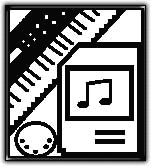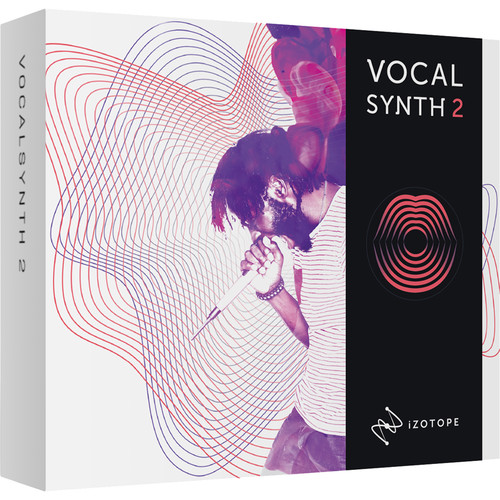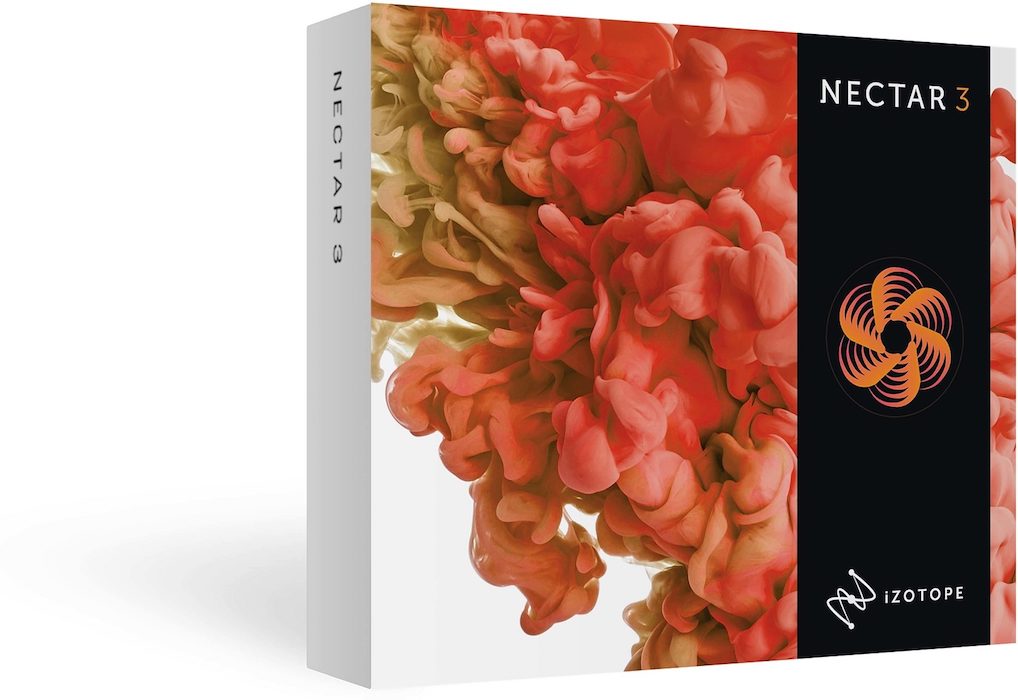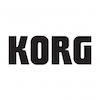Korg M1 Keyboard in good condition. Some cosmetic issues. Here's some info about this classic synth from the 80s and early 90s.
In a marketplace where a synth that sells a few tens of thousands of units is considered a success, one that reportedly sold 250,000 surely exceeds a manufacturer's wildest hopes. Such an instrument was the Korg M1, the widely-beloved Sample + Synthesis workstation that can rightly be called the most popular synth of all time. Released in 1988, it was manufactured until 1995 -- and seven years is a very long time in music technology. Although Korg won't verify the quarter of a million units, they do say that 100,000 were manufactured during the first two years of the M1's life, serial number 100,000 having rolled off the production line in November 1990.
The Korg M1 is a 16 voice, 8 part multitimbral, music workstation. The M1 featured a MIDI sequencer and a wide palette of available sounds, which allowed for the production of complete musical arrangements.
The M1's synthesizer engine consisted of one or two digital oscillators per patch with sampled acoustic waveforms are stored in memory. A total of 16 oscillators were offered, leading to a maximum 16-note polyphony (using only single-oscillator patches). This reduced to 8-note polyphony when using double oscillator programs. The basic sample sound was then processed by a simple digital low pass filter, and then fed into the digital amplifier. Envelopes and LFOs, along with keyboard tracking, were the main controllers for those blocks. Because no interaction between the oscillators was provided (unlike Roland's 'structures,' for example), dual-oscillator patches essentially ran the two oscillators in parallel.
The filter did not offer resonance, but the need for a dramatic filter was diminished by the onboard sample library's wide variety of acoustic, synth, and exotic sounds. The M1's internal 4 MB waveform ROM was a huge amount of memory by 1988 standards, when the typical amount of RAM memory in desktop PCs was 512 or 640 Kbytes. Waveform ROM contained sounds which are still in use even today, especially the compressed acoustic piano (used on countless records of the time and later adopted by dance producers), pick and synth basses, strings, realistic vocal samples, brasses, and acceptable drum kits. For the first time, ethnic and exotic sounds from world locales (particularly Asian) were offered as standard. Two presets from the M1 were used extensively in 90's house and rave music, namely "Piano16" and "Organ2."
This product was added to our catalog on Monday 09 November, 2015.





